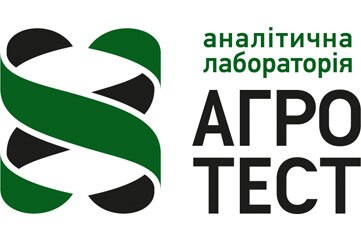Phosphorus deficiency in plants: how to identify it?
Symptoms of phosphorus (P) deficiency in plants can be subtle. Most often it is a reduction in plant size.
For example:
- When potatoes and soybeans are deficient in P, the plants are stunted.
- Corn is particularly sensitive to phosphorus deficiency. When there is a lack of P, the movement of carbohydrates in the plant is disrupted, resulting in a purple color along the edge of the leaves.
This is most noticeable in young plants when the need for phosphorus is greatest.
However, be careful!
- Some maize hybrids may have a purple appearance at the beginning of the growing season due to a genetic response to stress caused by low temperatures. Do not confuse these symptoms on your plants with phosphorus deficiency.
- Phosphorus deficiency can also be manifested in purple leaf color, which can be due to magnesium deficiency in sandy soils. Even with sufficient amounts of available phosphorus in the soil, it is possible to observe a deficiency in the leaves. This is because the metabolic processes in magnesium-deficient plants delay phosphorus absorption.
What should I do?
If you notice these symptoms in your plants, you should have the soil analyzed and consider applying phosphate fertilizers. Optimal phosphorus levels in the soil will help ensure healthy growth and development of your crops.
Write to us
and we will find an opportunity
for cooperation


